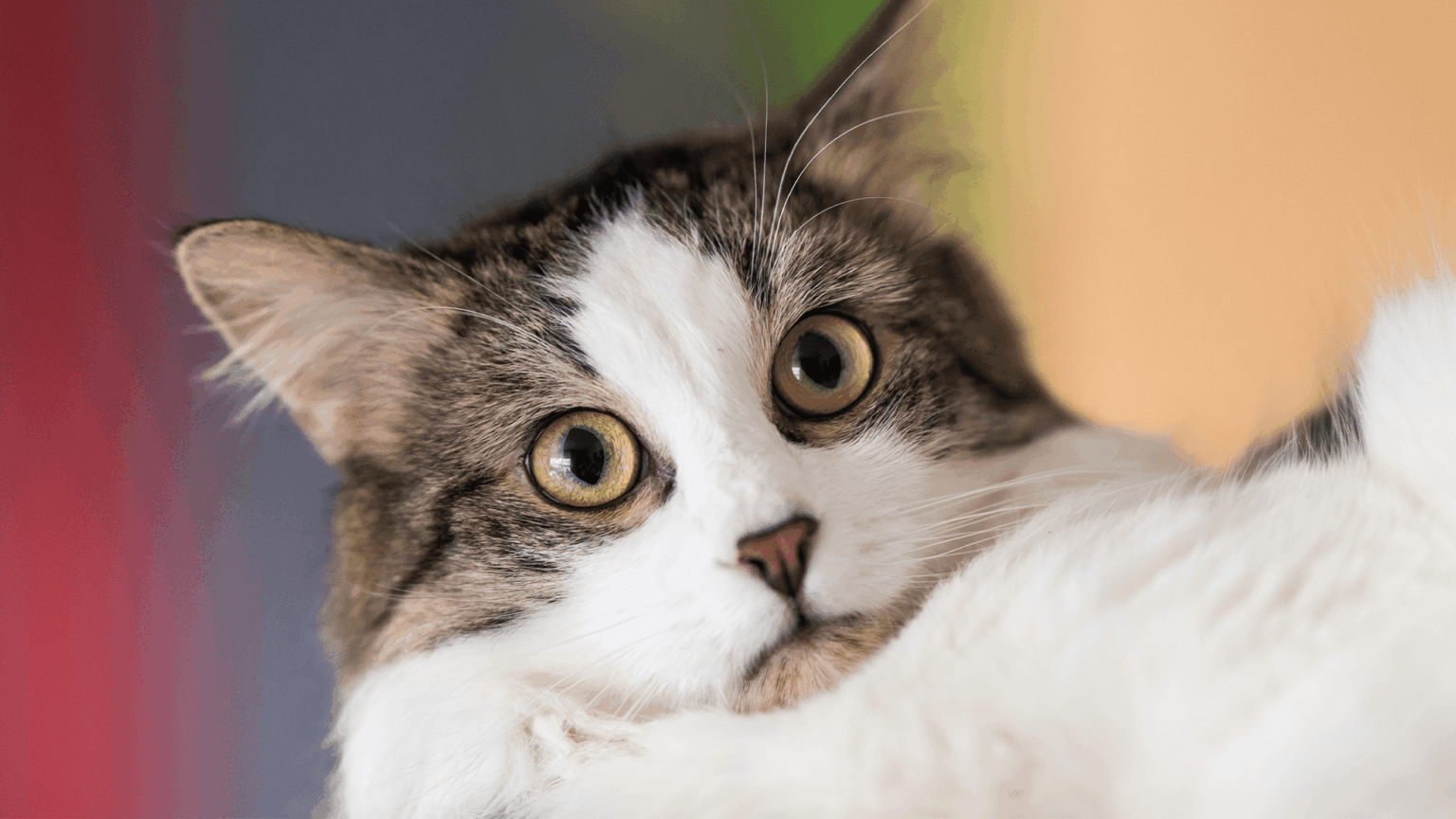Unveiling the Mysteries of Feline Olfaction: How Cats Recognize Humans Through Smell
The Hidden Depths of a Cat’s Senses
Contrary to the popular belief that cats are indifferent and aloof, recent scientific findings reveal a more nuanced picture of their social and sensory capabilities. While cats may appear detached, they are actually highly perceptive creatures capable of forming bonds and recognizing their human companions through subtle cues, particularly olfactory signals. Emerging research suggests that a cat’s sense of smell plays a crucial role in their social interactions, including distinguishing familiar humans from strangers.
New Insights into Feline Recognition Abilities
A groundbreaking study published on May 28 in PLOS One sheds light on how domestic cats utilize their olfactory senses to identify humans. The research indicates that cats tend to spend more time investigating unfamiliar scents than those of their owners, implying that they can differentiate between known and unknown individuals solely through smell. This discovery challenges the long-held stereotype of cats as emotionally distant animals, highlighting their sophisticated sensory awareness.
The Role of Smell in Feline Communication
In the wild, cats rely heavily on scent to navigate their environment, mark territory, and communicate with other felines. Male cats, for example, often spray urine to establish boundaries, leaving behind a chemical signature that signals their presence. Until now, it was unclear whether domesticated cats also use scent to recognize humans. The recent study aimed to explore this question by testing whether cats can distinguish between familiar and unfamiliar human odors.
Methodology: How Researchers Tested Cats’ Olfactory Discrimination
Researchers from Tokyo University of Agriculture designed an experiment involving 30 household cats. They provided each feline with plastic tubes containing swabs rubbed on different parts of a human’s body-specifically, the armpit, behind the ear, and between the toes-either from the cat’s owner or a person they had never met. Additionally, some tubes were left empty as controls. The goal was to observe how long and how intensely cats sniffed these samples.
Key Findings: Cats Show Preference for Novel Scents
Results demonstrated that cats dedicated significantly more time to investigating unfamiliar odors compared to their owner’s scent or the empty tube. Interestingly, cats initially used their right nostril for smelling but gradually shifted to their left nostril as they became more familiar with the scent. This lateralization suggests different hemispheres of the brain may process familiar versus unfamiliar smells, a phenomenon observed in other animals such as dogs and birds.
Personality Traits Influence Olfactory Behavior
The study also examined how individual personality traits affected cats’ responses. It was observed that male cats with neurotic tendencies tended to sniff the unfamiliar scents repeatedly, possibly indicating heightened curiosity or anxiety. Conversely, more agreeable males approached the scents with calmness. Notably, female cats did not show significant variation based on personality, suggesting gender differences in olfactory behavior.
Implications for Understanding Feline Social Cognition
While these findings confirm that cats can distinguish between familiar and unfamiliar humans through scent, it remains uncertain whether they can identify specific individuals solely by smell. The researchers propose that cats may utilize different brain hemispheres for processing various olfactory cues, a hypothesis supported by studies in other species. This ability could be part of a broader social recognition system that helps cats navigate their environment and maintain social bonds.
Future Directions: Exploring the Depth of Feline Olfactory Perception
The authors emphasize the need for further research to determine whether cats can recognize individual humans based on olfactory cues alone. Understanding this aspect of feline cognition could deepen our appreciation of their social intelligence and improve how we interact with our pets. Additionally, exploring scent-based recognition might lead to new methods for training or managing cats, especially those with social or behavioral challenges.
Additional Resources and Product Recommendations
The team at Popular Science has tested numerous products and compiled expert reviews to help pet owners find the best tools for understanding and caring for their cats. From innovative scent-based toys to health monitoring devices, staying informed about the latest advancements can enhance the bond between humans and their feline friends.
In Summary:
Cats possess a remarkable ability to recognize humans through smell, a skill that underscores their complex social and sensory worlds. As research continues to uncover the depths of their olfactory perception, we gain a richer understanding of these enigmatic creatures, fostering better relationships and more effective care strategies.

